#Bernhard Lloyd
Text
#Spotify#Forever Young#Alphaville#Bernhard Lloyd#Frank Mertens#Marian Gold#Colin Pearson#Wolfgang Loos#WM UK#Schlager & Volksmusik#Dance/Electrónica#Pop#Rock#Curt Crees#Gulfstream#The Rosie Singers#Ken Taylor#Ullrich Krauss#Uli Rudolph#Boris Balin#Thomas Beck
12 notes
·
View notes
Text
Give me more tragedy, more harmony
And fantasy, my dear
And set it alight, just starting that satellite
Set it alight
#Sounds of the melody#alphaville#Bernhard Lloyd#harmony#tragedy#music#90'#90' music#vibe#90' vibe#romance#sounds of 90'#Spotify
6 notes
·
View notes
Photo




Track 29 (Nicolas Roeg, 1988)
Cast: Theresa Russell, Gary Oldman, Christopher Lloyd, Colleen Camp, Sandra Bernhard, Seymour Cassel, Leon Rippy. Screenplay: Dennis Potter. Cinematography: Alex Thomson. Production design: David Brockhurst, Curtis A. Schnell. Film editing: Tony Lawson. Music: Stanley Myers.
With directors like Luis Buñuel and David Lynch, whose films regularly stray along the boundaries between logic and the irrational, between the waking world and dreams, between sanity and madness, you can always sense a central consciousness, a coherent vision, holding the film together. This isn't the case with Nicolas Roeg's Track 29, which falls apart as it drifts into weirdness for weirdness's sake. It centers on Linda, a neglected housewife, whose physician husband, Henry, spends most of his free time in the attic playing with his model trains, and at work is having an affair with his nurse, who spanks him while wearing rubber gloves. The doctor and nurse are played by one of the odder couples ever to be seen in a movie, Christopher Lloyd and Sandra Bernhard. One day, when Linda (Theresa Russell) is having lunch with her friend Arlanda (Colleen Camp), they're joined by a young man named Martin (Gary Oldman), whom we see at the start of the film hitchhiking along a country road and later being picked up by a trucker (Leon Rippy). Martin creepily admires the trucker's "Mom" tattoo, which sets us up for the even creepier assertion that he will make to Linda that he's really the son she gave up for adoption at birth. That Oldman and Russell are almost the same age should clue you in to the fact that nothing is going to make conventional sense in Track 29. Martin arouses more than maternal passion in Linda, but he may not even exist: Although Arlanda sees him in the cafe where he makes his acquaintance with Linda, in a later restaurant scene in which Martin plays on Linda's erotic obsession, we cut from the table where they're sitting to behind the bar and share the point of view of a waiter and bartender who see her sitting alone. Oh, there's much more, including a scene in which Henry addresses the attendees at a model train collectors' convention and stirs them to a frenzy with his speech. But you get the point: Track 29 is mostly an elaborate psychosexual fantasy, but it lacks a central vision to hold it together or carry it to any kind of satisfactory conclusion. It's never daring enough to explore sexual frustration and obsession in the many imaginative ways Buñuel does in Belle de Jour (1967). It could pass as satire if there were any larger point to its fleeting moments of insight or surprise, the way Lynch's Blue Velvet, made two years earlier, uncovered the seamier side of Reagan-era complacency. As it is, it's just, well, weird.
13 notes
·
View notes
Text
youtube

Release: January 1, 1984
Lyrics:
Winter's cityside, crystal bits of snowflakes
All around my head and in the wind
I had no illusions that I'd ever find
A glimpse of summer's heatwaves in your eyes
You did what you did to me
Now it's history, I see
Here's my comeback on the road again
Things will happen while they can
I will wait here for my man tonight
It's easy when you're big in Japan
Oh, when you're big in Japan, tonight
Big in Japan, be tight
Big in Japan, where the Eastern sea's so blue
Big in Japan, alright
Pay, then I'll sleep by your side
Things are easy when you're big in Japan
Oh, when you're big in Japan
Neon on my naked skin, passing silhouettes
Of strange illuminated mannequins
Shall I stay here at the zoo
Or shall I go and change my point of view
For other ugly scenes
You did what you did to me
Now it's history, I see
Things will happen while they can
I will wait here for my man tonight
It's easy when you're big in Japan
Oh, when you're big in Japan, tonight
Big in Japan, be tight
Big in Japan, ooh, the Eastern sea's so blue
Big in Japan, alright
Pay, then I'll sleep by your side
Things are easy when you're big in Japan
Oh, when you're big in Japan, tonight
Big in Japan, be tight
Big in Japan, ooh, the Eastern sea's so blue
Big in Japan, alright
Pay, then I'll sleep by your side
Things are easy when you're big in Japan
Oh, when you're big in Japan
Songwriter:
Oh, when you're big in Japan, tonight
Big in Japan, be tight
Big in Japan, ooh, the Eastern sea's so blue
Big in Japan, alright
Pay, then I'll sleep by your side
Things are easy when you're big in Japan
Oh, when you're big in Japan
Marian Gold / Bernhard Lloyd / Frank Mertens
SongFacts:
👉📖
#Youtube#Spotify#Alphaville#Big in Japan#hit of the day#music#music video#video of the day#youtube video#chaos radi o#good music#80s#80s charts#80s music#80s nostalgia#1984#pop#synth pop#disco#dance#dance electronic#rock#pop rock#lyrics#songfacts#341
4 notes
·
View notes
Text
Danza 1

from serie Art Deco, 2007: Tantsovschitsa, 1920 | ph., Aleksey Galushkov (Ukraine)

Alicia Markova (1910-2004, England) as Giselle, 1948 | ph., Stirling Henry Nahum aka Baron (1910-1956, Italy-England)
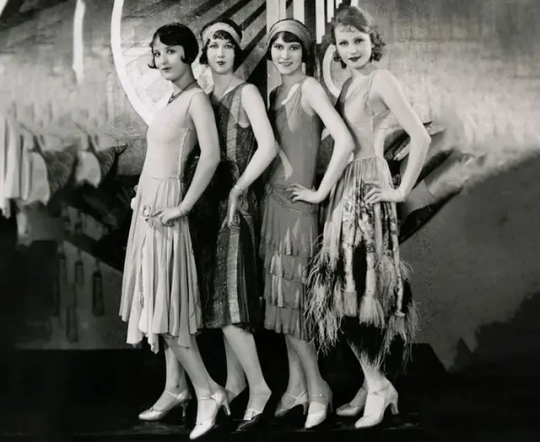
Flapper Girls, 1920's

Anita Berber (1899-1928, Germany), 1920 | ph., Alexander Binder (1888-1929, Germany)

Doris Dupont (USA), 1930's | Archives of the Embassy Theatre Foundation, Ft. Wayne, Indiana

Untitled (dancer I), 1910-20 | František Drtikol (1883-1961, Czechia)
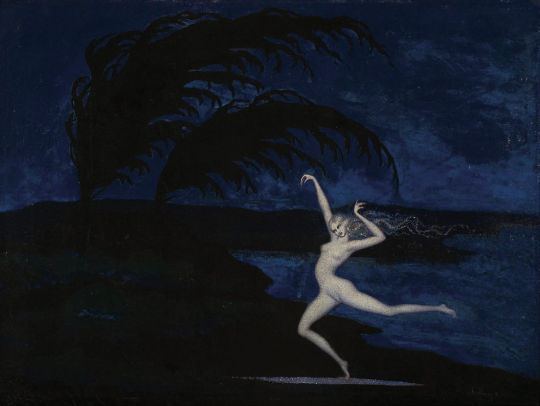
Dance of the Wind, 1927-28 | Bolesław Biegas (1877-1954, Poland)

Ballerina; a view from the loge | Everett Lloyd Bryant (1864-1945, USA)

Dancer, 1946 | František Drtikol (1883-1961, Czechia)

La Dance, 1910 (Hermitage St. Petersburg) | Henri Matisse (1869-1954, France)

Danseurs, 1939 | Maurice Brianchon (1899-1979, France)

Danseuse satirique, Paris, 1926 | ph., André Kertész (1894-1985, Hungary)

ph., Mark Olich (1983, Russia)
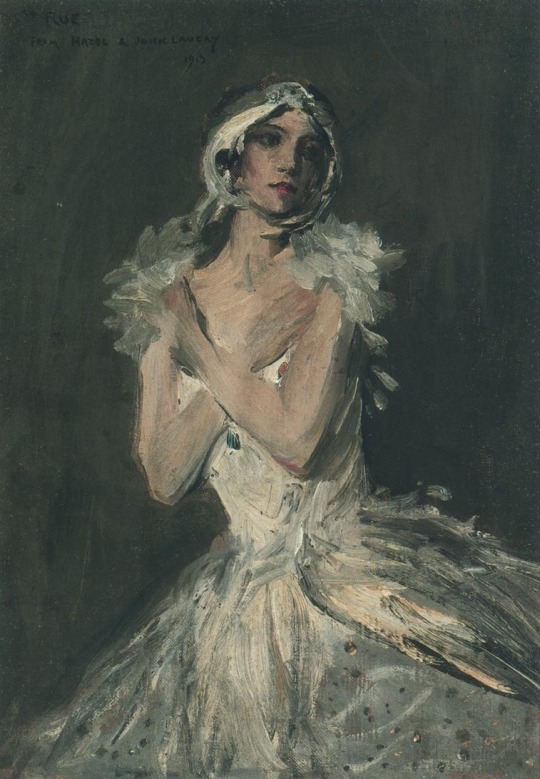
Hazel as Pavlova, 1913 | John Lavery (1856-1941, Ireland)
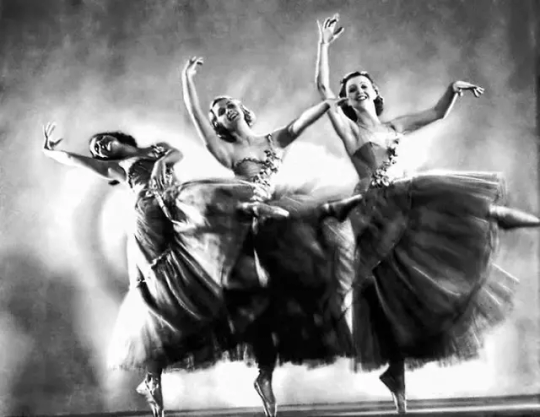
Ziegfeld Girls, 1920's | Ziegfeld Follies, 1907-31
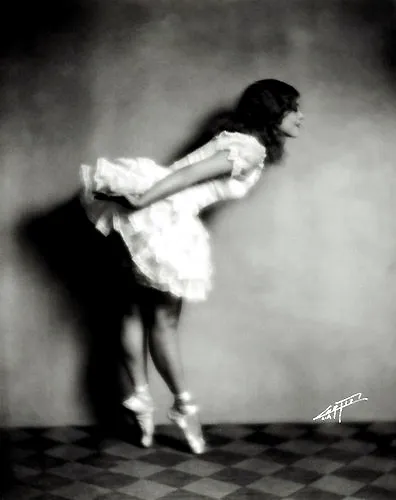
Mary Pickford (1892-1979, Canada-USA), 1910's | ph., Edward S. Curtis (1868-1952, USA), 1910s Ziegfeld Girl, 1907-31

Spanish Dancer, 1971 | ph., Ruth Bernhard (1905-2006, Germany)

La guedra (moroccan dance) | Jean Gaston Mantel (1914-1995, France)
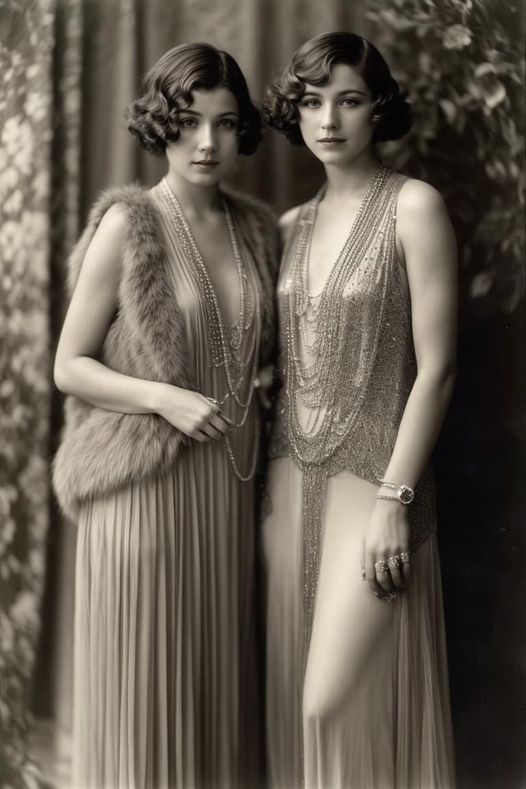
Dancers from 'Zigman Hall', New York, 1920

La scarpetta (the ballet slipper) | Lino Selvatico (1872-1924, Italia)

Helen Schjerfbeck (1862-1946, Finland)

Costumes de cigarières pour Carmen de Bizet, 1959 (scenografia dipinta) | Lila De Nobili (1916-2002, Italia)

Colombine, 1920 | Norman Lindsay (1879-1969, Australia)
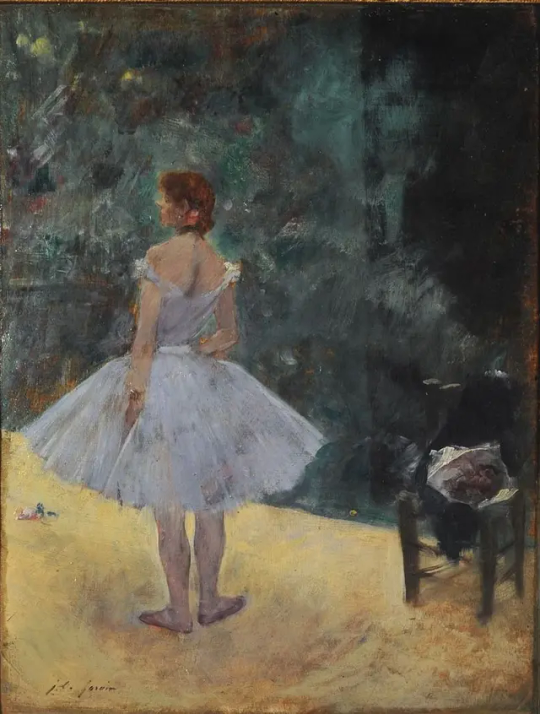
Danseur | Jean-Louis Forain (1852-1931, France)
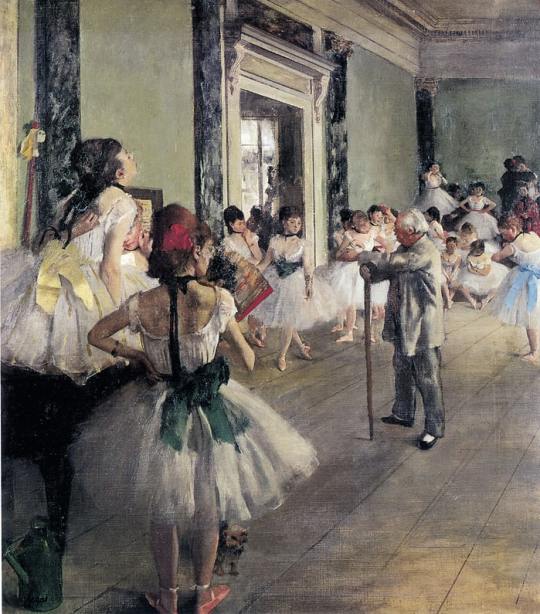
Le cours de danse, 1874 | Edgar Degas (1834-1917, France)
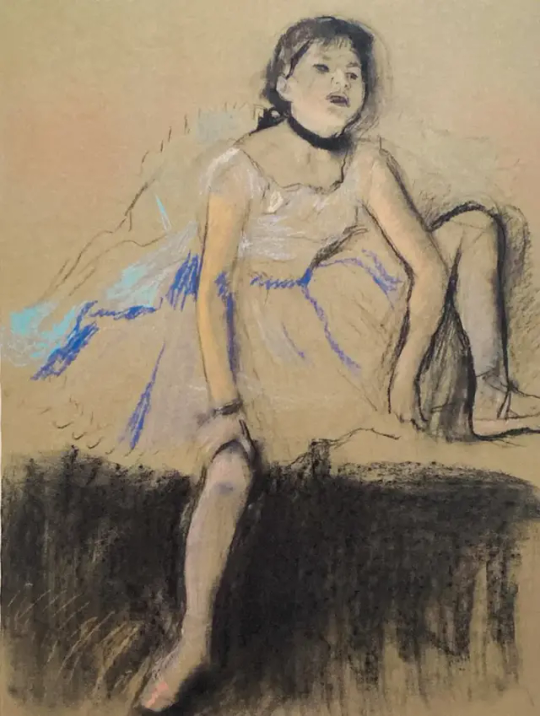
Danseuse au repos | Edgar Degas (1834-1917, France)

In camerino | Zinaida Serebryakova (1884-1967, Ucraina)
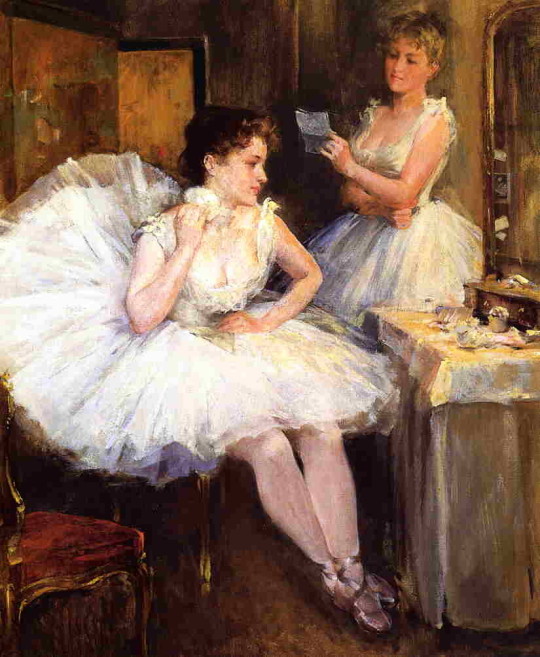
The ballet dancers (the dressing room), 1885 | Willard Leroy Metcalf (1858-1925, USA)

Dancer, early 1900s | Sergei Arsenyevich Vinogradov (1869-1938, Russia)

Ballerina at the Paris Opera in front of a Degas backdrop, 1949 | ph., Walter Sanders (1897-1985, Germany)
4 notes
·
View notes
Text
"Big in Japan, be tight
Big in Japan, where the Eastern sea's so blue"
Bernhard Lloyd
Marian Gold
Frank Mertens
1 note
·
View note
Link
0 notes
Text
We re big in japan

#We re big in japan full#
“It is very catchy and it is a very lucky coincidence of a few really good ideas: the intro, the bassline, and the refrain, it’s all very catchy and people can memorise the song quite easily. But they were right.Īlphaville performing live in 2005. Later on, when we released the song, everyone said, ‘This must be a hit,’ but for us it was just one of the songs that we had. We knew that there was something special about the song but it was not very concrete, it was not very clear for us. Marian: “Big In Japan was just one of the many songs that we had written at that time. We had a studio in the basement and we had all this equipment that we needed like the Korg sequencer…”īernard: “…Small plastic boxes which did the job.” At this time we had a small home studio, we had moved from Berlin to a provincial town. He was responsible for some of the melody of the song, so it was a collaboration between the three of us. Marian: “Frank (Mertens) also played an important role. I thought this actually could fit with Big in Japan as well, and so we changed the rhythm and found two matching melodies for the song.” When we did a serious demo for the production we decided to go for this half-time rhythm because at that time I was a DJ in a small club and was playing Safety Dance by Men Without Hats. When the song first was written the drum rhythm was also double-time, so much faster than you know it. It’s a fictitious story about a pair of lovers that are trying to get away from the drugs but they never succeed, they imagine themselves in a kind of dreamland where they are drug-free, but they never succeed in getting there and it’s quite a tragic story.”īernhard: “Marian always had the basic musical ideas, this rhythm that goes through the whole song but then in the middle of the song the chord changes and goes in double-time. This song is about that drug scene in the late 70s. They lived in the heroin scene around the Berlin Zoo and I started to write about them. I had a couple of friends and we were living under very serious conditions in West Berlin at that time, basically living on the street and some of our friends were drug addicts. I created a lot of the verses for Big In Japan on my way to that dentist. I had an appointment with my dentist and I had this rhythm of the bassline in my mind as I was walking along. “At the same time, I was thinking about writing the lyric for the song. We created the bassline and I really liked it because we now had a device that could play polyphonic chords, but because of the two oscillators, this bassline gave you the imagination of chords. Marian: “We had this new Roland System 100M and it had two oscillators, a sequencer and an arpeggiator, which was inside this device. Songwriter(s): Bernhard Lloyd, Marian Gold, Frank Mertens
#We re big in japan full#
It’s over to Marian and Bernhard for the full story… It might surprise people to learn that this 80s power anthem has quite a dark origin. Topping the charts in their homeland, it made a similar splash across Europe as well as cracking the Billboard Hot 100 across the pond. Of all Alphaville’s tracks, it’s Big In Japan which has been their most successful. Such is the album’s appeal that the band will soon be touring across Europe to celebrate Forever Young’s coral year. Backed by huge singles such as Big In Japan, Forever Young and Jet Set, the trio of Marian Gold, Bernhard Lloyd and Frank Mertens flew out the traps to launch a career which has endured to this day. This year marks the 35th anniversary of Forever Young, the debut album by German synth-rock masters Alphaville. “It’s a fictitious story about a pair of lovers that are trying to get away from the drugs…” Pic: Thomas Reutter A synth-rock anthem inspired by Berlin’s heroin scene, we learn all about a classic 80s track with a surprising origin

0 notes
Photo

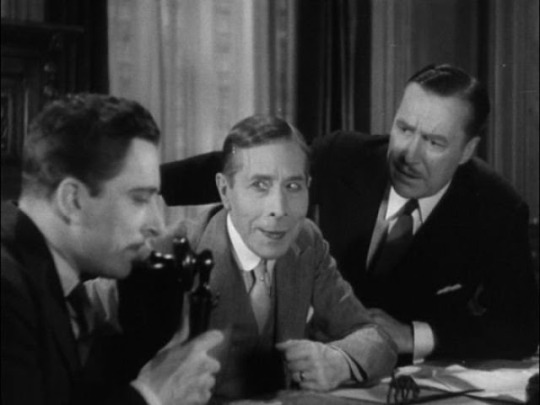

A Successful Calamity (John G. Adolfi, 1932)
Cast: George Arliss, Mary Astor, Evalyn Knapp, Grant Mitchell, Hardie Albright, William Janney, David Torrance, Randolph Scott, Fortunio Bonanova. Screenplay: Maude T. Howell, Julien Josephson, Austin Parker, based on a play by Claire Kummer. Cinematography: James Van Trees. Art direction: Anton Grot. Film editing: Howard Bretherton. Music: Bernhard Kaun.
Hollywood's most memorable reactions to the Great Depression tended to be ironic: Ginger Rogers singing "We're in the Money" ("We never see a headline about breadlines today") in 42nd Street (Lloyd Bacon, 1933) or nitwit socialites scavenger hunting in homeless camps for a "forgotten man" in My Man Godfrey (Gregory La Cava, 1936). But A Successful Calamity takes a different approach to the crisis, almost an endorsement of Republican optimism about the economy. The movie opens with a scene in the office of the unnamed POTUS, who in 1932 would have been Herbert Hoover. (Although we don't see the president's face, the actor playing him, Oscar Apfel, wears Hoover's familiar high, stiff collar.) The president is welcoming financier Henry Wilton (George Arliss) back to the States after a year helping negotiate a deal about war debts. Wilton has yet to return to his home, where he expects to be warmly greeted by his wife, daughter, and son. Instead, he is met at the train station by his valet, Connors (Grant Mitchell), who explains that Mrs. Wilton (Mary Astor) is holding a "musicale" because she hadn't expected him until tomorrow, that his daughter, Peggy (Evalyn Knapp), is probably with her fiancé and couldn't have come to meet him because her car has been impounded after too many accidents and traffic tickets, and that his son, Eddie (William Janney), is playing in an important polo match. When Wilton discovers that his family is too busy socializing even to have dinner with him, he asks the valet if poor people have similar problems. No, Connors replies, poor people don't have enough money to "go" all the time. So Wilton gets the bright idea of telling his family that he's "ruined," whereupon they flock around him in support, vowing to get jobs or otherwise find ways to make ends meet. And when word leaks out that Wilton is on the skids, the news somehow enables him to make a killing on a stock purchase he's been angling for unsuccessfully. The moral seems to be that poor people really do have it better. It's an inane premise executed with modest finesse by a director known for his collaboration with Arliss on half a dozen other films, most notably Alexander Hamilton (1931), The Man Who Played God (1932), and Voltaire (1933). Arliss, one of the more unlikely stars of the early talkies, is an odd match for Astor, 38 years his junior. She plays Wilton's second wife -- the grown children are presumably from his first marriage -- but there's not much conviction or chemistry in their relationship.
1 note
·
View note
Text
youtube

Release: September 27, 1984
Lyrics:
Let's dance in style, let's dance for a while
Heaven can wait, we're only watching the skies
Hoping for the best but expecting the worst
Are you gonna drop the bomb or not?
Let us die young or let us live forever
We don't have the power but we never say never
Sitting in a sandpit, life is a short trip
The music's for the sad men
Can you imagine when this race is won
Turn our golden faces into the sun
Praising our leaders, we're getting in tune
The music's played by the, the mad man
Forever young
I want to be forever young
Do you really want to live forever?
Forever, and ever
Forever young
I want to be forever young
Do you really want to live forever?
Forever young
Some are like water, some are like the heat
Some are a melody and some are the beat
Sooner or later, they all will be gone
Why don't they stay young?
It's so hard to get old without a cause
I don't want to perish like a fading horse
Youth's like diamonds in the sun
And diamonds are forever
So many adventures couldn't happen today
So many songs we forgot to play
So many dreams swinging out of the blue
We'll let 'em come true
Forever young
I want to be forever young
Do you really want to live forever?
Forever, and ever
Forever young
I want to be forever young
Do you really want to live forever?
Forever, and ever
Songwriter:
Forever young
I wanna be forever young
Do you really want to live forever? (Forever)
Bernhard Lloyd / Frank Mertens / Marian Gold
SongFacts:
👉📖
#new#new music#my chaos radio#Alphaville#Forever young#music#spotify#youtube#music video#youtube video#good music#hit of the day#video of the day#80s#80s music#80s nostalgia#80s video#80s charts#1984#pop#synth pop#new wave#electronic#disco#vocal#lyrics#songfacts#1050
0 notes
Photo
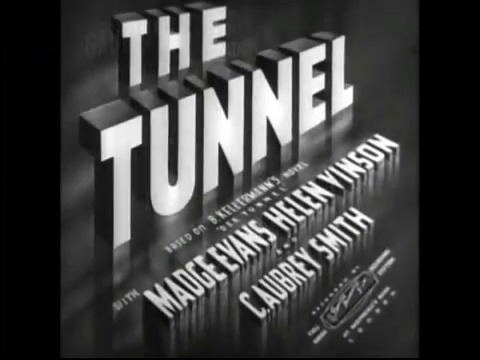

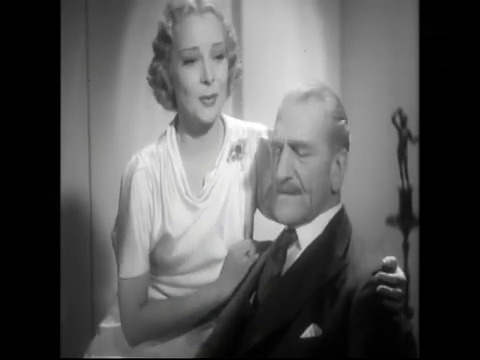
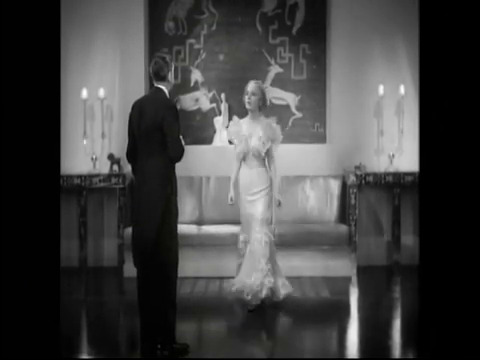
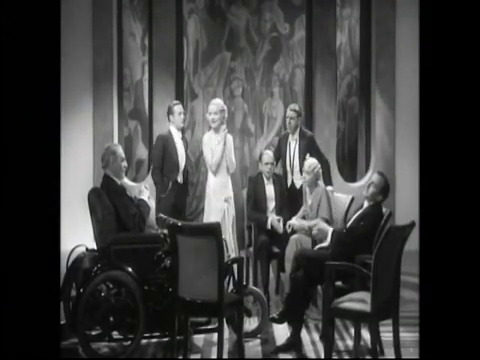

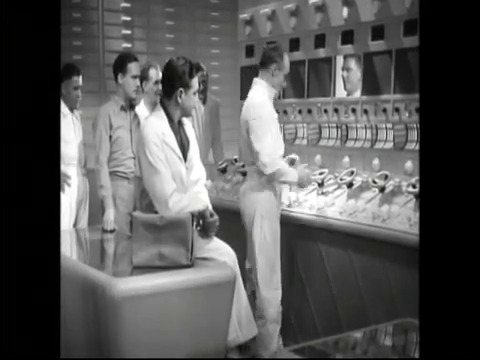
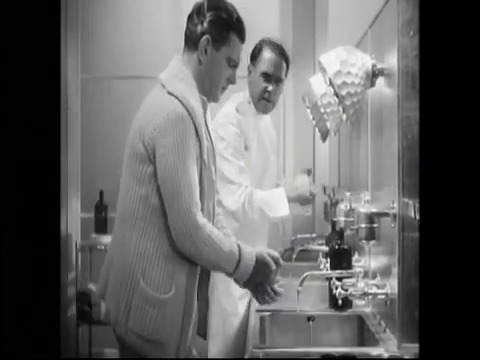
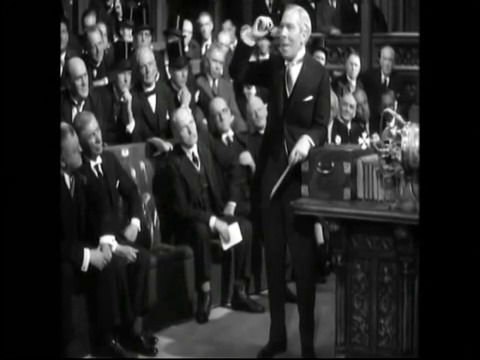
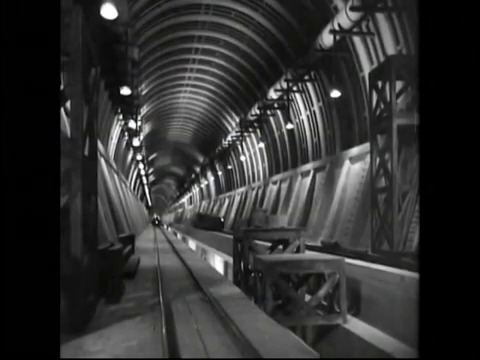
The Tunnel (1935)
Film review #523
Director: Maurice Elvey
SYNOPSIS: Richard McAllan is an engineer who has a dream to build a tunnel between England and the United States. He convinces a group of billionaires including Lloyd, the world’s richest man, to fund the project, but there are many other problems that present themselves on the way to the projects completion, both in terms of McAllan’s private life, and those looking to profit from the tunnel’s failure...
THOUGHTS/ANALYSIS: The Tunnel (released as Transatlantic Tunnel in the U.S.) is a 1935 science-fiction film based on the novel Der Tunnel by Bernhard Kellermann. The film opens up with an orchestra performing for a select group of billionaires at the home of Lloyd, the richest man in the world. Engineer Richard McAllan is also there, to propose the construction of a tunnel underneath the Atlantic Ocean, connecting England and the United States. After much persuading, he manages to get their support, and work on the most ambitious project in human history begins. The plot of the film goes through all the drama and problems that would be associated with such a project, and splits its time between looking at the tunnel itself and the logistical problems, and also how the project impacts McAllan and his relationships with those around him. The balance between the two is well executed, and everything flows and connects nicely. There are a few changes from the novel and the 1915 film version, but they are mostly minor. The setting seems to be a near-future setting, where the Channel Tunnel was completed in 1940, so it’s a different vision of the future rather than what was actually happening in 1940 in Europe.
The tone of the film is very uplifting and optimistic, and McAllan is presented as an idealist who wants to use this project to change the world for the better. We also see political leaders in the U.S. and U.K. similarly making speeches in the U.K. parliament and U.S. congress to this effect. The film stands out in two respects: First, the acting is pretty good for the era, and the emotional scenes are delivered very well. The dated romance stuff and traditional roles still feel dated, but when the film needs to convey more raw emotion, it does so very convincingly; more so than any other film I’ve seen of the era. The cast isn’t too varied, but everyone has a specific role to play, and you get a good sense of what they’re there for.
The second stand out part of this film is the sets and design: you really get a sense of the tunnel’s massive scale in these large sets full of machinery, filled with crowds of men digging. The Tunnel is actually the third incarnation of the film released over two years, with the German and French versions released first, and the English version released after. Each version uses the same sets and mostly the same script, but changes the actors for the different languages (this was before dubbing was a thing). As such, the sets were probably meant to last. The English version also has a different director, which means it deviates a little more from the other two. Perhaps the big difference between the film and the novel is that the film presents a more evenly optimistic tone; and that the end justifies the struggle of the development of the tunnel. The novel focuses much more on the hardships though, and McAllan (Mac Allan in the original German) becomes a worldwide reviled figure. The ending is also a high note, marking the completion of the tunnel and new prosperity for “the English speaking world,” but we never see how this takes shape, but since the film is about the construction and completion of the tunnel, and dealing with it’s consequences would probably dilute that focus. The novel does look a little closer at the effects of the tunnel’s completion, but it’s not entirely optimistic: the tunnel is already shown to be updated (the completion of the tunnel takes a lot of years to finally complete, and by then, it had already become obsolete, as airplanes were now able to carry people across the Atlantic faster than travelling through the tunnel. With regards to this film version of The Tunnel, it has some very strong points in both the acting and the design, and really brings the story to life in this regard. Some parts are a bit predictable and rooted in the old-fashioned values of the day, but there’s enough to make it an interesting watch if you like the films of this era.
0 notes
Video
youtube
Alphaville - Forever Young
#alphaville#forever young#forever young album#marian gold#bernhard lloyd#frank mertens#synthpop#new wave#music#music video#music is life#music is love#music is religion#raining music#80s
22 notes
·
View notes
Photo
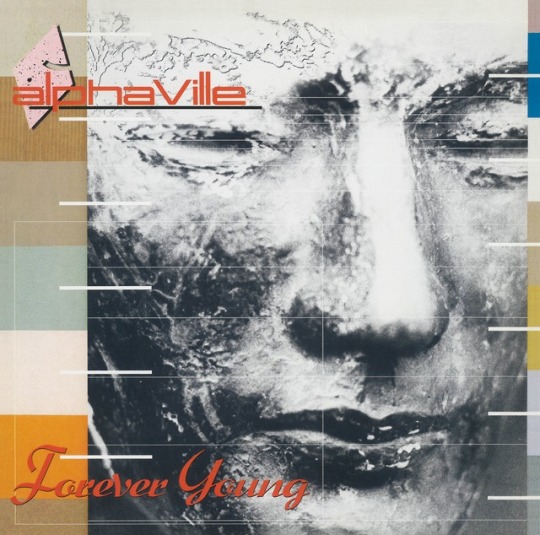
Alphaville
Forever Young
1984 WEA
—————————————————
Tracks:
01. A Victory of Love
02. Summer in Berlin
03. Big in Japan
04. To Germany with Love
05. Fallen Angel
06. Forever Young
07. In the Mood
08. Sounds Like a Melody
09. Lies
10. The Jet Set
—————————————————
Marian Gold
Bernhard Lloyd
Frank Mertens
* Long Live Rock Archive
2 notes
·
View notes